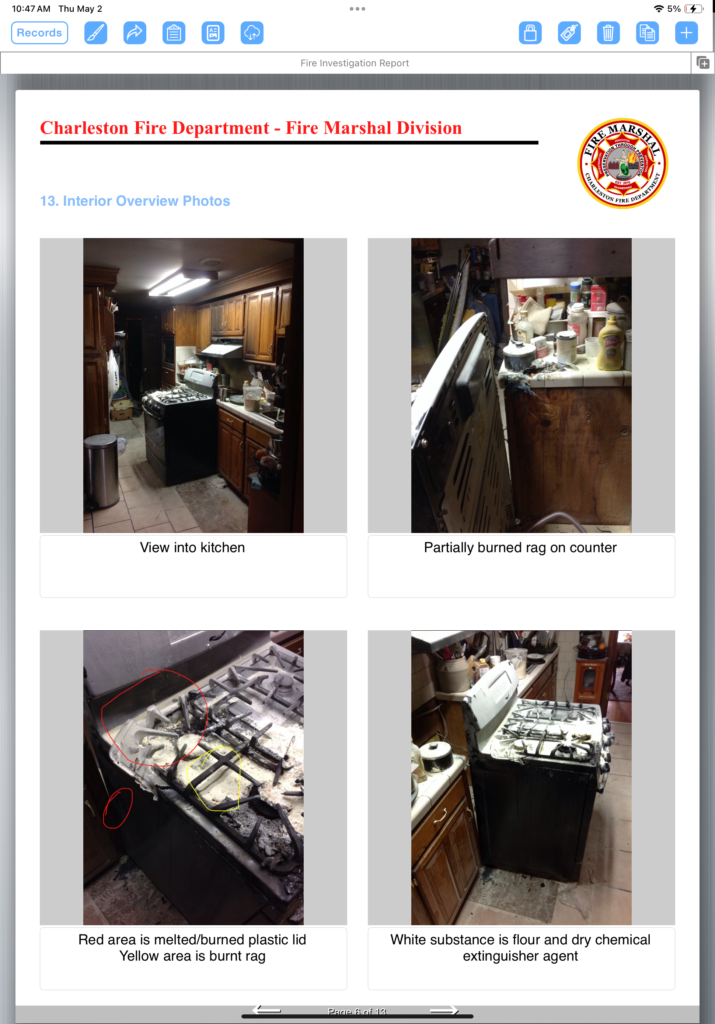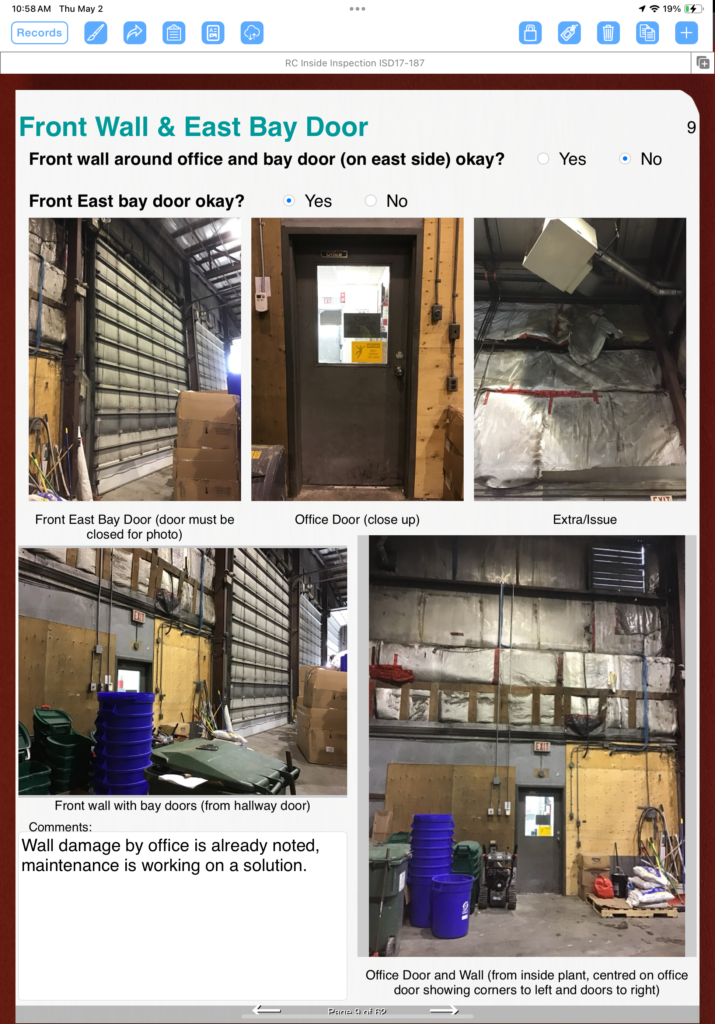Visuals are a powerful tool in storytelling, and that extends to the world of inspection reports. Including high-quality photos alongside your written observations can significantly enhance the clarity and impact of your reports.
Why Use Photos in Inspection Reports?
Imagine this: you’ve meticulously inspected a customer’s location, carefully noting down every detail. But when your client receives the report, they might struggle to visualize the issues you’ve identified based solely on text descriptions.
This is where photos come in. By incorporating photos into your reports, you bridge the gap between what you observed on-site and what your client can see on paper.
The Power of Combining Text and Photos:
The true strength lies in the synergy between well-written descriptions and clear photographs. Here’s how they work together:
Clarity: Photos provide a visual reference point for your written observations. This eliminates any ambiguity and ensures the client precisely understands the problem at hand.
Comprehensiveness: Images can capture intricate details or overall conditions that might be difficult or time-consuming to describe comprehensively in text alone.
Credibility: Photos add a layer of objectivity to your report. They serve as visual evidence of your observations,fostering trust and confidence in your findings.
Examples of Using Photos in Inspection Reports:
1. Damaged Stove:
Photos: Include multiple photos of the partially burned stove, capturing the damage from various angles. This provides a comprehensive view of the issue.
Text Description: Accompany the photos with a detailed description of the damage, mentioning the severity, potential causes, and any safety concerns.
2. Warehouse Inspection:
Photos: Capture a photo of the warehouse interior, highlighting any specific areas of concern mentioned in your text.
Text Description: In your written report, elaborate on your observations in the photo. Mention any safety hazards, code violations, or maintenance needs.
Beyond the Examples:
The use of photos can be applied to a wide range of inspections, from property assessments to equipment evaluations.The key is to tailor your photos to the specific needs of each inspection and ensure they effectively complement your written observations.


